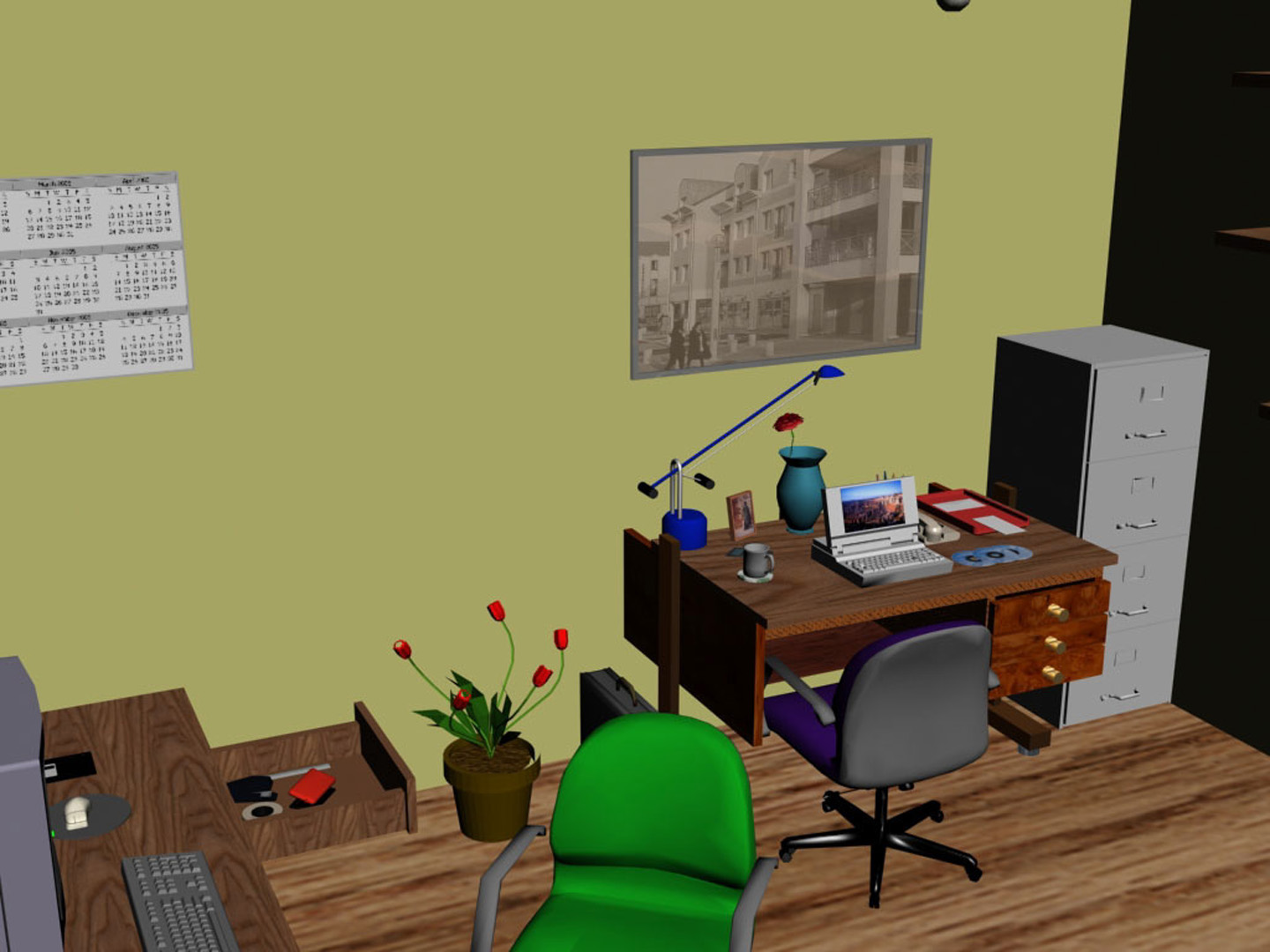“Assessing functional realism” by Mourkoussis, Mania, Troscianko and Hawkes
Conference:
Type(s):
Title:
- Assessing functional realism
Presenter(s)/Author(s):
Abstract:
This research presents an innovative method for assessing ‘functional realism’ of interactive Virtual Environments (VEs) in which the same information is transmitted in real and synthetic scenes. The basic premise is that an individual’s prior experience will influence how one perceives, comprehends and remembers information in a scene. 120 participants across two conditions of varying rendering quality of a space including varied ratios of objects’ association to the scene context, are being exposed to the VE and complete an object-based memory recognition task. The results of this study could have significant implications while identifying areas of an interactive computer graphics scene that require varying quality of rendering.
References:
1. Adelstein, B, Bulthoff, H., Cunningham, D., Kim, Y., Mania, K., Mourkoussis, N., Swan, E., Thalmann, N., Troscianko, T. (2005). Human-Centred Fidelity Metrics for Virtual Environment Simulations. Full-day tutorial at IEEE Virtual Reality 2005, Bonn, Germany.
2. Brewer, W. F. and Treyens, J. C. (1981). Role of Schemata in Memory for Places, Cognitive Psychology 13, 207–230.
3. Mania, K. & Robinson, A., Brandt, K. (2005). The Effect of Memory Schemas on Object Recognition in Virtual Environments. Presence Teleoperators and Virtual Environments, 14(5), MIT Press.




